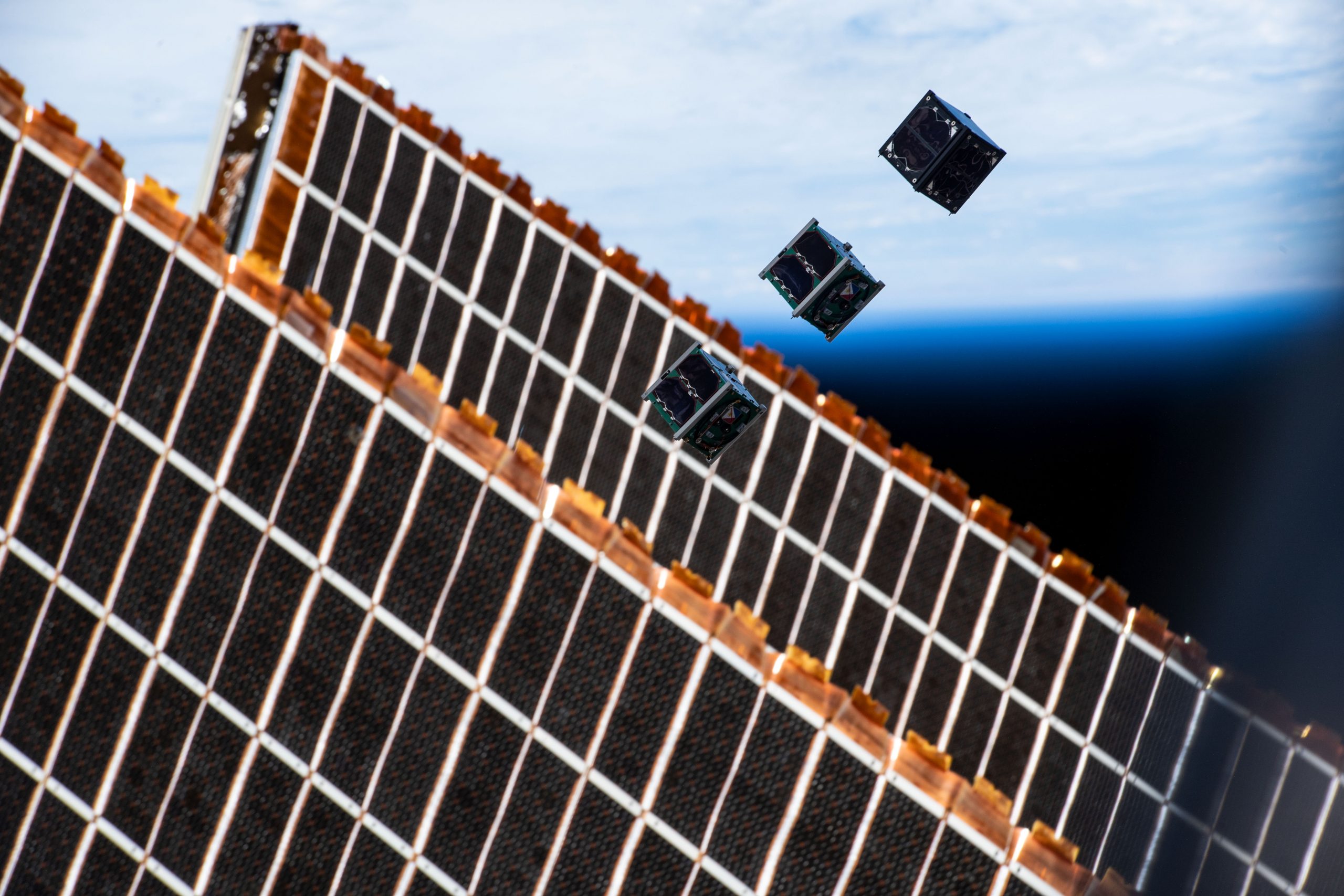The BinarX Student Payload Development Program (SPDP) has reached another exciting milestone: Test Readiness Review (TRR) + Payload Handover Day.
On June 27th, 2025, more than 60 students from 10 teams across eight Perth high schools formally handed over their payloads (various electronic sensors and experiments), developed over the past 18 months, to be integrated into the Binar Space Program’s upcoming Binar-5 cube satellite (CubeSat). Binar-5 is one of three 1U CubeSats under construction at the Binar Space Program slated for launch and deployment into orbit from the International Space Station in 2026 as part of the Binar-567 mission.
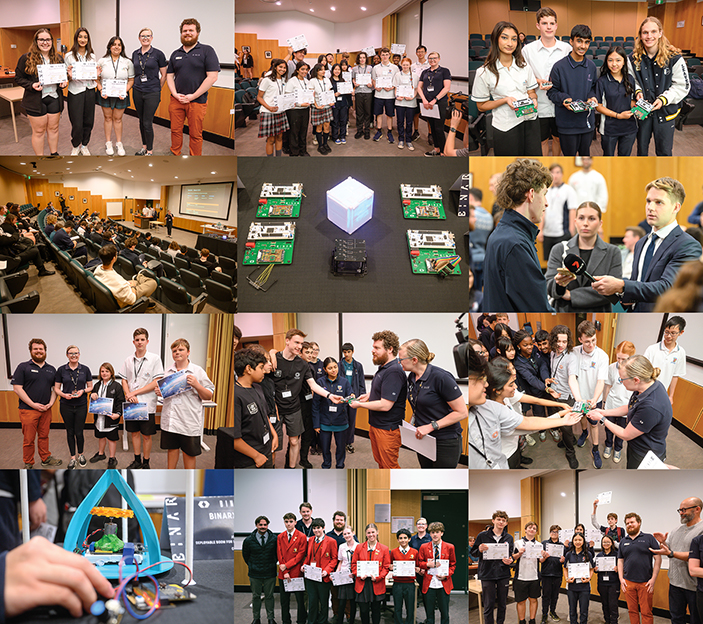
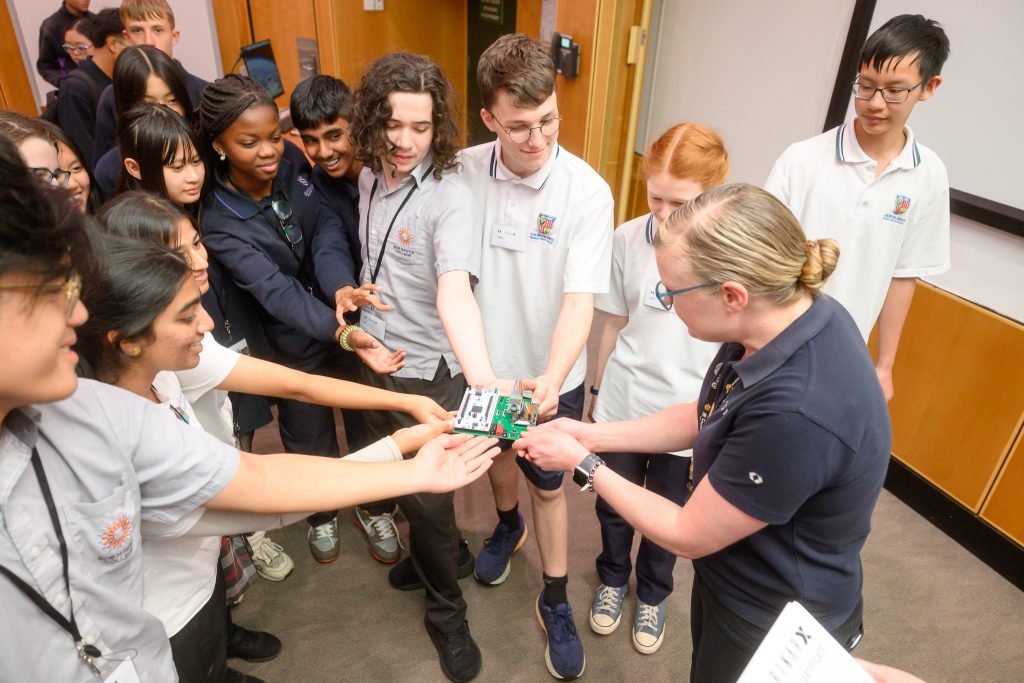
The BinarX Students hand over their Camera Payload to BinarX Program Co-Ordinator Meg Berry at Curtin University.

Binar-2, 3 and 4 moments after deployment into low earth orbit from the International Space Station in August 2024. Image Credit: NASA/JAXA
Two additional student teams will see their designs launched onboard a high-altitude balloon (HAB) flight, reaching the Earth’s stratosphere on a near-space mission later this year.
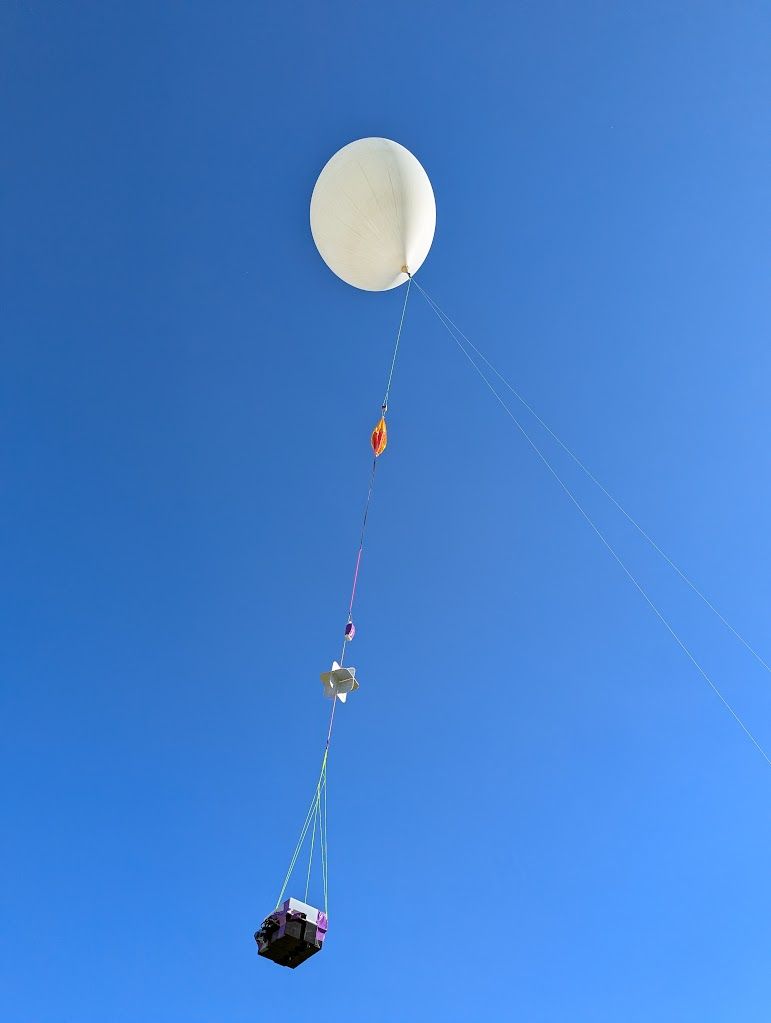
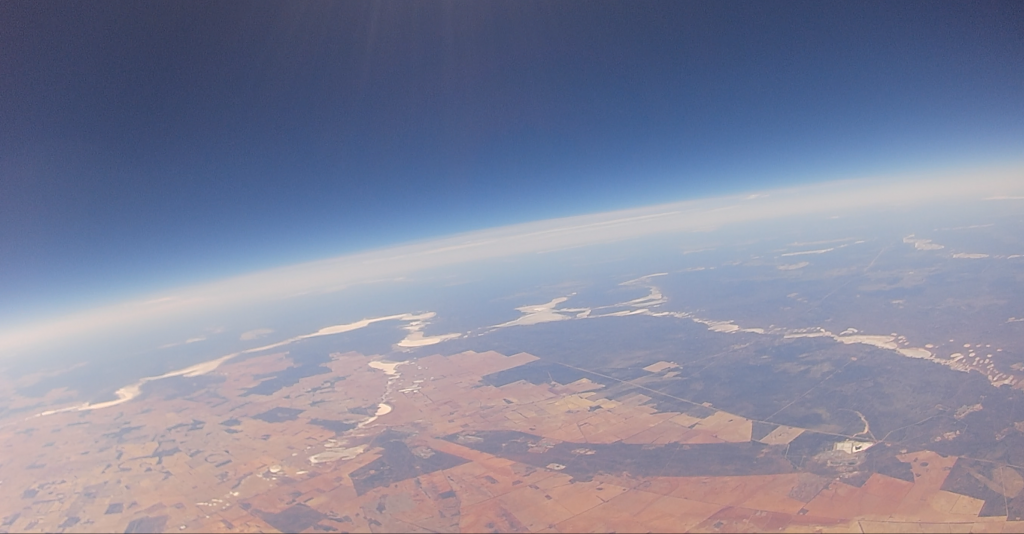
Photo taken by the horizon camera of the Binar Space Program’s HAB02 mission with QLSpace payload in 2023
Following the successful BinarX SPDP Mission Concept Review (MCR) and Preliminary Design Review (PDR) days in 2024, TRR + Payload Handover Day represents the culmination of years of hard work, creativity, and technical development. Students have spent the last 18 months (or in the case of our pilot schools, several years) not only developing their skills in designing and building the hardware and software for their payloads, but across a broad range of aspects of a space mission, such as the challenges of the space environment, scientific investigation, project management, marketing and communications, compliance and legal considerations, and radio communications.
The Payloads
Binar-5
8 payloads, devised, designed and built by the students are mounted onto 4 carrier boards (CB1-CB4), which after testing and qualification will be installed into the payload bay of Binar-5.

The BinarX High School Student-Designed & Built Payloads for Binar-5 (mounted on green Binar Payload Development Kit boards for testing) next to the Binar-5 Payload Bay (bottom middle of photo)
| Carrier Board # | School | Team Logo | Payload / Team Name | Description |
|---|---|---|---|---|
| CB1 | Balcatta SHS | Pinnacle | IR Thermopile – Earth Observation | |
| John Curtin College of the Arts | Djinda Bidi | UVA/B/C Photodiodes – Earth Observation (Ozone Layer) | ||
| CB2 | Bob Hawke College | 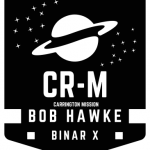 |
Carrington | 3-Axis Magnetometer (Investigating the Earth’s Magnetic Field) |
| Churchlands SHS | SMERR | Radiation Sensor (Ionising Radiation in Space) | ||
| Methodist Ladies’ College | 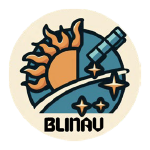 |
BLINAV | Hall Effect Sensor (Investigating the Earth’s Magnetic Field) | |
| CB3 | Bob Hawke College | 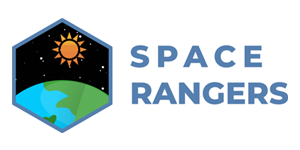 |
Space Rangers | Camera Payload – UV Observation |
| Churchlands SHS | Churchlands Camera | Camera Payload – Light Pollution | ||
| Dianella SC |  |
Dianella’s Auroras | Camera Payload – Aurora Photography/Art Exhibition | |
| CB4 | Joseph Banks SC | The Stressed Leaves | Multi-Spectral Filtered Photodiode Array – Earth Observation – Deforestation | |
| St George’s AGS |  |
St George’s Dragons | IMU – Space-Time Curvature Observations |

Binar HAB
2 additional payloads, a deployable antenna as part of the development of a Langmuir Probe as well as a single-axis reaction wheel, are targeting a stratospheric high altitude balloon (HAB) launch to 32km at the end of 2025 to test the payloads in a near-space environment to allow for further development towards readiness for space flight.
| HAB Payload # | School | Team Logo | Payload / Team Name | Description |
|---|---|---|---|---|
| BinarX-HAB01-01 | Churchlands SHS | Reaction Wheel | Reaction Wheel (Single Axis) | |
| BinarX-HAB01-02 | Joseph Banks SC |  |
QDFS (Quake Detection From Space) |
Deployable Antenna (Langmuir Probe Development) |
 Churchlands SHS – The Reaction Wheel Demonstration in Action |
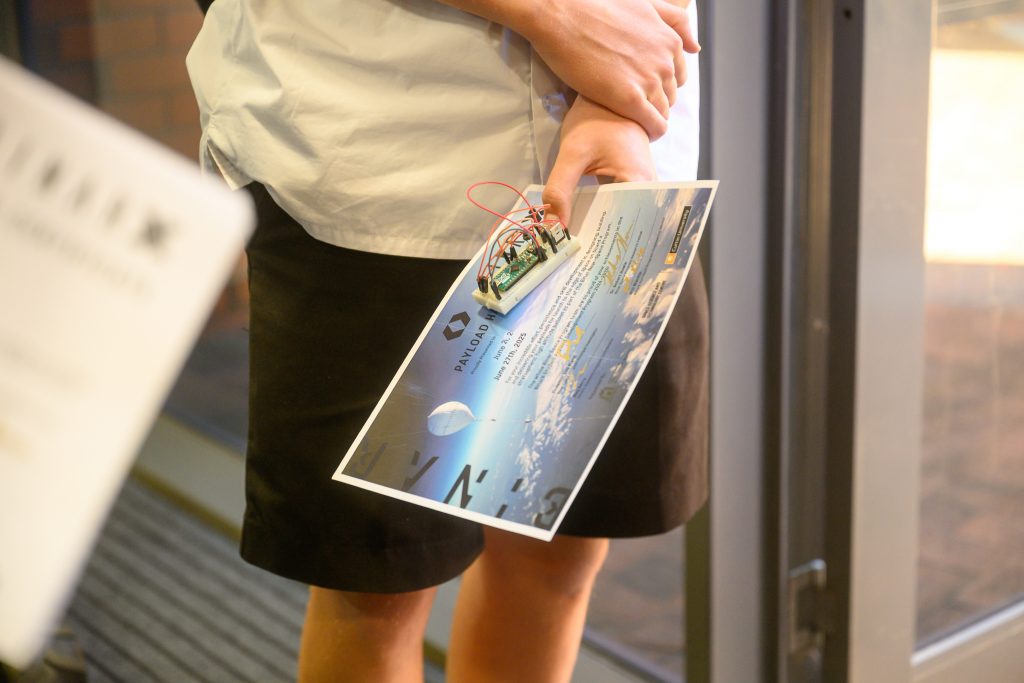 Joseph Banks SC QDFS Team – Burn Wire Circuit for Langmuir Probe Development |
A Program Like No Other
Delivered through the Space Science and Technology Centre (SSTC) from the School of Earth and Planetary Sciences at Curtin University, the BinarX Student Payload Development Program gives students the chance to design and build real spaceflight hardware and software before the rare opportunity to test their work in orbit.
Originally piloted in 2021 with just two schools, the BinarX program expanded significantly in 2024, with hopes for further growth in coming years.
Binar Principal Investigator and former WA Scientist of the Year, John Curtin Distinguished Professor Phil Bland, said the BinarX program is unlike anything else in Australia, offering students a direct pathway into the growing aerospace sector.
“By the time these students graduate, they’ll already have contributed to a space mission – which is a wonderful launchpad for a future career in the space industry.”
“The BinarX program is one of the only initiatives in the country where high school students are given the tools and mentorship to build real, flight-ready hardware destined for orbit.
“We’re immensely proud of what these students have achieved, and we’re excited to see their experiments launched into space alongside our next-generation Binar spacecraft.”
SSTC Director Associate Professor Nick Timms said BinarX plays a vital role in building Western Australia’s international reputation and capability in space technology.
“The future of space exploration starts right here in our schools,” Associate Professor Timms said.
“With BinarX, we’re giving students hands-on experience in designing and building hardware that actually leaves the planet – and that’s something very few people in the world can say.”
SSTC Research Fellow Dr Robert Howie said the program would benefit not only the students involved, but WA more broadly.
“We’re excited to be developing future workforce for the economic diversification of the WA economy,” Dr Howie said.
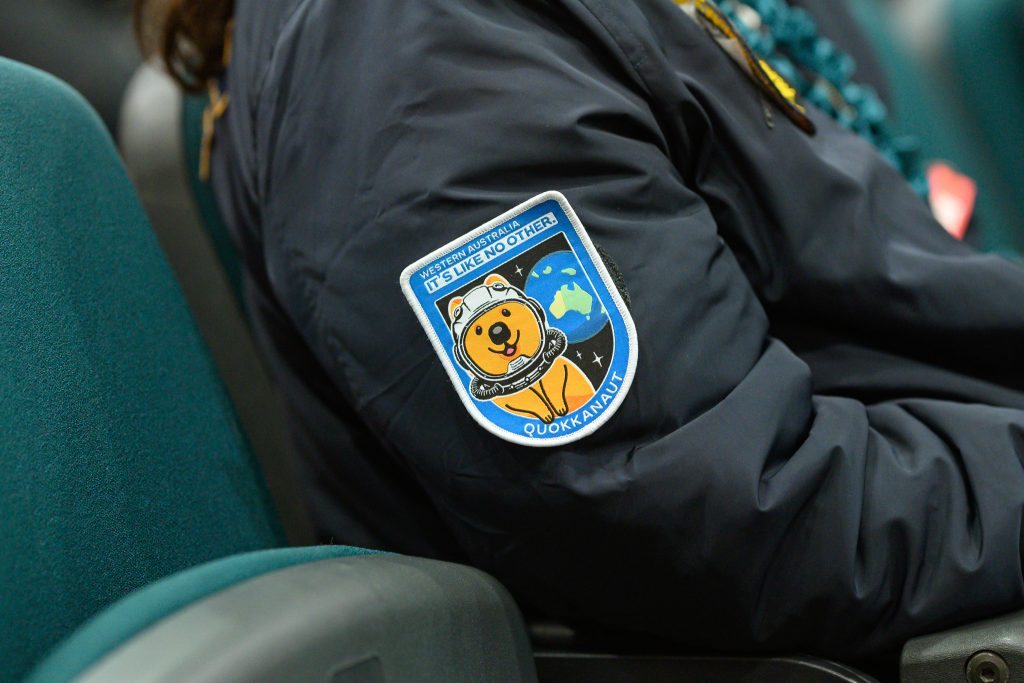
“The program aims to inspire and develop the next generation of space scientists and aerospace professionals in right here in WA.
Launched in 2017, the Binar Space Program has already deployed four satellites and is now developing its next generation.
As well as carrying the students’ experiments, Binar-5, Binar-6 and Binar-7 will test advanced technologies for future deep space missions and demonstrate new Earth observation and navigation systems.
These missions follow the successful launch of Binar-1 -the first WA-built satellite launched into orbit- and Binar-2, 3, and 4 missions completed in 2024.
What’s Next?
With TRR behind them, the student payloads will now undergo launch simulation (vibration) and space environment testing (vacuum chamber) before being integrated into Binar-5 and launched into orbit. The countdown to space is officially on!
We’re incredibly proud of all the students, teachers, mentors, and partners who have made this journey possible.
Stay tuned for more updates as we prepare for launch! @binarspacewa
The Binar Space Program is powered by the Space Science and Technology Centre at Curtin University, on Whadjuk Noongar land in Western Australia, with support from the Department of Jobs, Tourism, Science & Innovation (now DEED).
Photography Credits: Ezra Alcantra
